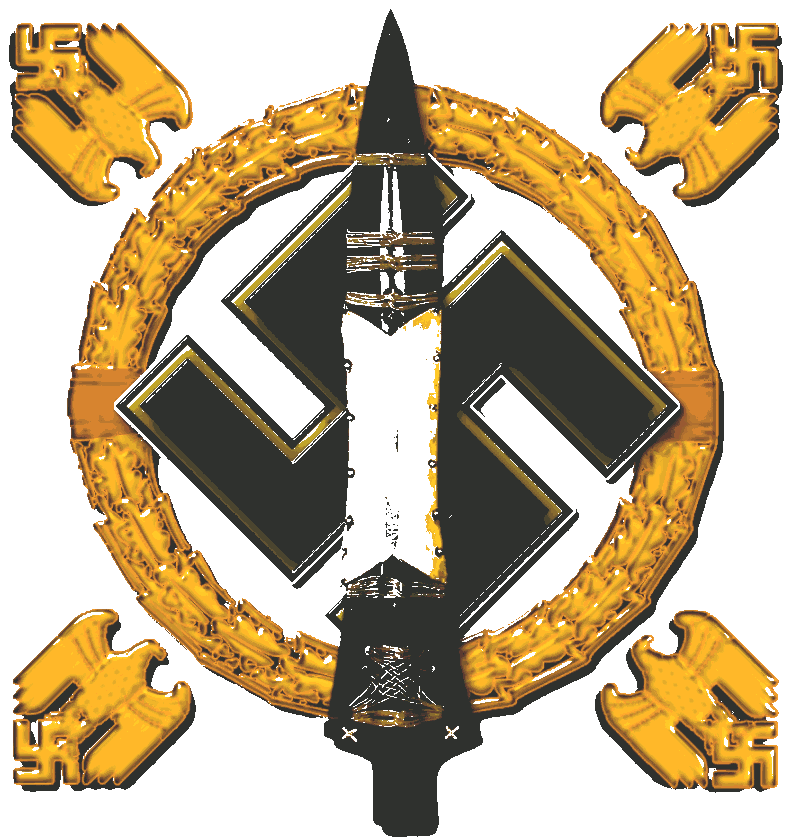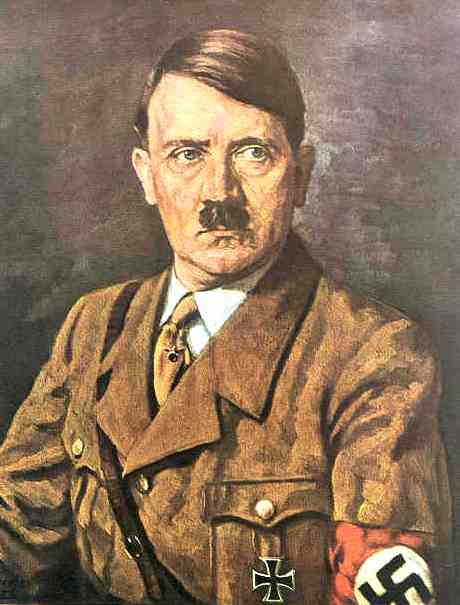
Der
Fuhrer, Adolf
Hitler, started WWII
CONDOR
The Focke-Wulf Fw 200 Condor, also known as Kurier (German for courier) to the Allies, is an all-metal four-engined monoplane designed and produced by the German aircraft manufacturer Focke-Wulf. It was the first heavier-than-air craft to fly nonstop between Berlin and New York City, about 4,000 miles (6,400 km), making the flight from Berlin-Staaken to Floyd Bennett Field on 10/11 August 1938 in 24 hours and 56 minutes.
It was originally proposed by the aeronautical engineer Kurt Tank as a long-range land-based airliner for the flag carrier Deutsche Luft Hansa. A key feature of the Fw 200 was its ability to cruise at altitudes in excess of 3,000 m (9,800 ft), which made long distance routes more viable. A specification was issued in June 1936 and the maiden flight of the first prototype took place on 27 July 1937. Civilian Fw 200 was operated by Deutsche Luft Hansa, Det Danske Luftfartselskab, Syndicato Condor (the latter being Luft Hansa's Brazilian subsidiary), Cruzeiro do Sul, and the British Overseas Airways Corporation. The outbreak of the Second World War prevented the fulfilment of further civil orders for the type.
While intended for use as an airliner, the type was adapted for military purposes in response to a Japanese Navy request for a long-range maritime patrol aircraft. Military versions of the Fw 200 were adopted by the Luftwaffe, which used the type as both a long-range reconnaissance and maritime patrol aircraft, anti-shipping bomber, and transport aircraft. The Fw 200 was used to support the Kriegsmarine in both the
North Sea and the Atlantic Ocean. It achieved success as a commerce raider in the Battle of the Atlantic, contributing to the heavy Allied shipping losses. By mid-1941, it was being increasingly harried by long-range aircraft dispatched by RAF Coastal Command as well as Hurricane fighters being flown from CAM
ships. On 14 August 1942, an Fw 200C-3 was the first German aircraft to be destroyed by USAAF pilots, after it was attacked by a Curtiss P-40C Warhawk and a Lockheed P-38F Lightning over Iceland.
By the latter half of 1943, the Luftwaffe was almost exclusively using the Fw 200 as a transport aircraft. On numerous occasions, senior Nazi officials, including Joachim von Ribbentrop,
Heinrich
Himmler, Albert
Speer, Hermann
Göring, and Karl Dönitz made use of special aircraft. Furthermore, Adolf Hitler had a single customised Fw 200 made available as his personal aircraft. Following the end of the conflict, only limited use of the type was made, largely by Spain, due to a lack of available spares. By the twenty-first century, only a single complete reconstructed Fw 200 exists; it has been displayed at
Berlin Tempelhof Airport.
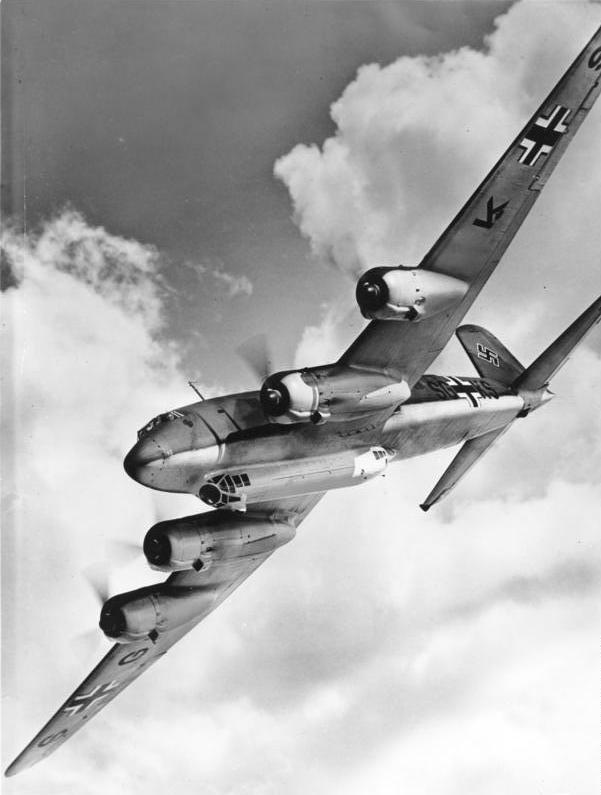
DESIGN AND DEVELOPMENT
The Fw 200 originated from a proposal made by the aeronautical engineer Kurt Tank, the chief designer of the German aircraft manufacturer Focke-Wulf to Dr. Rudolf Stüssel of the flag carrier Deutsche Luft Hansa for the development of a landplane capable of carrying passengers across the
Atlantic Ocean to the United States. At the time, it was an unusual concept because airlines typically opted for seaplanes on their long over-water routes. To fly long distances economically, the Fw 200 was designed to cruise at an altitude of over 3,000 m (9,800 ft) - as high as possible without a pressurized cabin. Existing airliners were designed to cruise at altitudes below 1,500 m (4,900 ft). The Fw 200 was briefly the world's most modern airliner, until other high-altitude airliners entered service: the Boeing 307 Stratoliner in 1940 and the Douglas DC-4 in
1942. The designation "Condor" was chosen because, like the condor bird, the Fw 200 had a very long wingspan compared to other planes of its era, to facilitate high-altitude flight.
During June 1936, following discussions between Tank, Stüssel and Carl August von Gablenz, Deutsche Luft Hansa issued a specification. Focke-Wulf responded with what would become the Fw 200, a four-engined low-winged monoplane, almost entirely constructed of metal (exceptions include the fabric-covered flight control surfaces). It could accommodate up to 26 passengers in two cabins. The Fw 200 had a retractable landing gear; the legs of the main gear featured an unorthodox design which was to allow their deployment without any power other than that of the slipstream in the event of an emergency. On 16 July of that year, Focke-Wulf were awarded an initial contract.
On 27 July 1937, the first prototype, Fw 200 V1, conducted its maiden flight with Tank at the controls. It was powered by four American 652 kW (875 hp) Pratt & Whitney Hornet radial engines. Two further prototypes were built; these differed from the first only in that they were powered by German 540 kW (720 hp)
BMW 132G-1 radials instead.
The Japanese Navy placed an order for a single militarised version of the Fw 200 outfitted to conduct search and patrol duties. Accordingly, Fw 200 V10 was constructed with military apparatus; while completed, this Fw 200 remained in Germany due to the outbreak of war in Europe by that point. At the direction of Edgar Peterson, the aircraft was adapted for long range reconnaissance and anti-shipping duties with the Luftwaffe to meet Germany's wartime needs. The adaptions made included the addition of hardpoints to the wings for bombs, strengthening of the fuselage (which was also extended to create more space), and the addition of fore and aft dorsal gun positions. Furthermore, an extended-length version of the Bola ventral gondola typical of Second World War-era German bomber aircraft was adopted; it incorporated a central bomb bay (which was typically used for additional long-range fuel tanks), as well as heavily glazed fore and aft ventral flexible machine gun emplacements at either end.
One unfortunate consequence of the extra weight incurred by the added military equipment, in combination with its relatively weak structure, was the loss of several early-build Fw 200s when they broke up during landing, often due to the failure of the rear spar. In response to this issue, later models were structurally strengthened. Some later-built aircraft were equipped with Lorenz FuG 200 Hohentwiel low UHF-band ASV radar in the nose; this apparatus permitted the Fw 200 to effectively perform blind bombing missions for the first time. In 1943, a version entered service that could carry the Henschel Hs 293 guided missile, mandating fitment of the associated Funkgerät FuG 203 Kehl radio guidance gear on a Condor to steer them. As the threat of interception grew as the war went on, the defensive armament on later-build Fw 200s was also bolstered.
In response to Germany's wartime demands, production of the Fw 200 climbed from 26 aircraft in 1940 to a peak of 84 aircraft in 1942. However, amid the Allied bombing of Germany, Focke-Wulf's factory in Cottbus was damaged, compelling the transfer of final assembly work to rival company Blohm and Voss. During 1944, only four Fw 200s were completed. Production was terminated that year, at which point 276 aircraft had been produced.
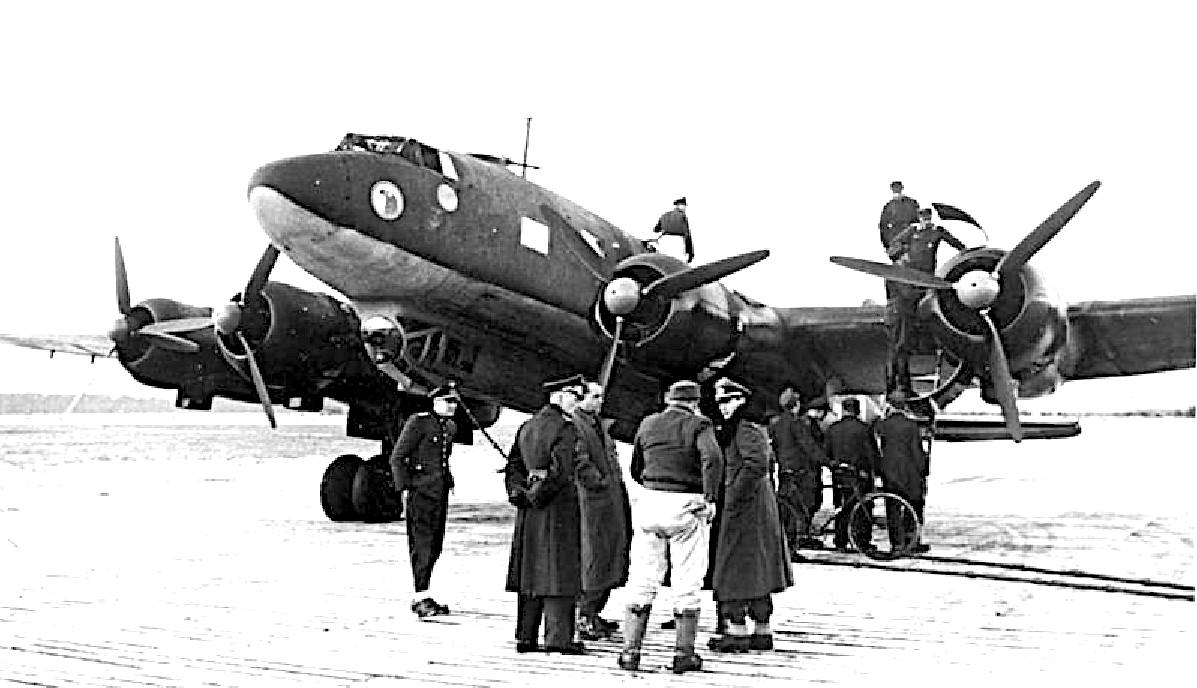
Der
Fuhrer's personal FW200 Condor, Adolf
Hitler mastermind of WWII
HITLER'S PERSONAL TRANSPORT
At the suggestion of his personal pilot Hans Baur, Adolf Hitler specified a modified and unarmed prototype Condor, the Fw 200 V3, as his personal transport, as a replacement for his Junkers Ju 52. Originally configured as a 26-passenger Luft Hansa transport (Works No. 3099), it was reconfigured as a plush two-cabin airliner. Hitler's armchair-style seat in the cabin was equipped with a wooden table, seat-back armour plating, and a parachute in the seat cushion, with an escape hatch in the floor. In line with Hitler's aircraft preferences, it carried the markings "D-2600" and was named "Immelmann III" in honour of
World War I flying ace Max Immelmann. As the war progressed it changed designation to "WL+2600" and finally "26+00"; it was destroyed at Berlin Tempelhof Airport in an Allied bombing raid on 18 July 1944. FW 200s of various types were configured as VIP transports, for the use of Hitler and his staff, other aircraft being assigned to Heinrich Himmler, Albert Speer, Hermann Göring, and Karl Dönitz.
ALLIED TACTICS AGAINST THE CONDOR
Royal Naval Fleet Air Arm pilot Captain Eric Brown's aircraft was seriously damaged by defensive fire during an attack he made on a Condor in 1940, and he narrowly survived. After this, he studied the design of the Condor seriously for some time. He managed to work out that the forward firing machine gun positions could swivel, but could only fire in a certain arc otherwise they would hit the fuselage of their own plane. Brown worked out where the arc was, and realised this was a blind spot, if one attacked the front of the plane. He used this to successfully destroy a Condor, then informed his fellow squadron pilots who used the tactic to destroy others.
SURVIVING AIRCRAFT
Only one complete reconstructed Fw 200 exists today, an aircraft that ditched in February 1942 and sank to a depth of 60 m (197 ft). This aircraft was raised from Trondheim Fjord in Norway on 26 May 1999. Although the airframe disintegrated while being lowered onto a recovery platform, the remains were transported to Airbus Bremen and spent 22 years being rebuilt. A request from the Berlin museum for a set of separate wings to be recovered from the Kvitanosi mountain near Voss in Norway to complete the rebuilding was at first denied, because the local population wanted the wings to be left in situ as a war memorial. A compromise was reached in 2008, where parts not needed for the restoration would be left on the mountain. In 2009, parts were moved down by helicopter and made ready for transport to Bremen. Other wrecks were also found, but in extremely poor conditions, one at 68 m deep. The aircraft was finished in June 2021, then dismantled and transported to the former Berlin Tempelhof Airport for final assembly as an exhibit in Hangar 7.
SECOND
WORLD WAR
The
Second World War has been chronicled, mythologized, and revered in
film, television, and other media for generations. But zooming in on individual stories, lives, and battles
for entertainment, can sometimes obscure the utterly overwhelming nature of the
war.
An astounding 60 million people around the world are estimated to have lost their lives in the conflict. The total number of casualties counts 15 million soldiers and 45 million civilians. This may be a low estimate, as estimates place the number of dead in the conflict at 50 million in China alone.
It is widely accepted that Germany started World War II in its effort to conquer Europe, invading France in the west and Poland and the Soviet Union in the east. Led by
Adolf Hitler’s murderous
Nazi regime, the Germans welcomed Italy and Japan into the Axis fold to fight the Allies, whose major members grew from just the United Kingdom and France at the war’s outset to include the United States and the Soviet Union.
While the Germans quickly overran France and installed a collaborationist government, a major French resistance sprung up and actively worked to undermine the Nazis in France and abroad, providing intelligence to the Allies as spies sabotaged German supply and communication lines within France.
No accounting of World War II would be complete without inclusion of the Nazis' brutal concentration camps, where Hitler turned his genocidal fantasies of creating a so-called German “master race” by killing millions of Jews, gypsies, and other persecuted groups into a reality.
By the time the second world war came to a close in 1945, the victorious powers committed to a new world organization that aimed to ensure there would never be a third. The
United Nations was born from this commitment, along with the popularization of the idea that crimes against humanity and
genocide must never be tolerated.
But this has not stopped Russia invading the Ukraine in 2022, in the process committing serious HR violations and (alleged) civilian massacres.
Once again, Europe is being drawn into a world conflict situation, with
President Vladimir Putin threatening Finland and Norway with nuclear weapons.
Potentially, leaving China and India, as accelerating world powers to reap
the spoils as the US scrambles to underpin a paper money based economy with
promises.
Russian
imperialism on this scale was only possible due to lax laws in other
countries, allowing property and other investments, without vetting where
the money was coming from. In addition, purchasing oil and gas for energy,
built up the financial reserves in Russia, to enable them to launch their
aggressive attacks on Ukrainian civilians - once again putting the world on
red-alert for a Third World
War reversing the build up to a New
World Order.
This
situation has come about due to the lack of action on renewable energy to
rid the world of fossil
fuels. Indeed, fossil fuels have been subsidized, rather than renewable
energy, such as solar, wind and wave. These are policies that are far
removed from the concept of sustainability, as per the UN's Sustainability
Development Goals.
GOOD
THINGS FROM WWII - TEN OF THE BEST
Every
cloud has a silver lining. Even the Second World War, because wars tend to
speed up technological advancement. Even some unusual inventions like the
bouncing bomb from Barnes Wallace, got the go ahead.
Today,
politicians and policies are at a virtual standstill, where investments
might be affected by disruptive technology. Even though we need such
advances quite urgently.
1. COMPUTERS
From the machine that we used to write this article, to the incredible processing power of an
ordinary smart phone, modern computing would not be what it is without the innovation of the Government Code and Cipher School at
Bletchley Park and
Colossus. This giant installation used glass valves, because transistors would not be invented until NASA wanted a computer light enough to go to the Moon.
Originally invented as a way to speed up the cracking of the German Enigma codes, Colossus was the first of many computers which have gradually shrunk in size to become part of everyday life, with their use in work, schools and play around the world.

2. PENICILLIN
Howard Florey was the Australian scientist who spearheaded the studies for medical penicillin.
While he was known as quite an impersonal man, who disliked using first names, he was also highly admired by the scientific community and never had a lack of willing assistants, on which he stated:
"I would work with the devil himself-if he were good
enough".
In 1938, Florey started working with a small group of scientists, including Ernst Boris Chain, with whom he would later go on to share the Nobel Prize for Medicine, and Sir Alexander Fleming. By 1941, they had developed a drug sophisticated enough for human trials, which proved a resounding success.
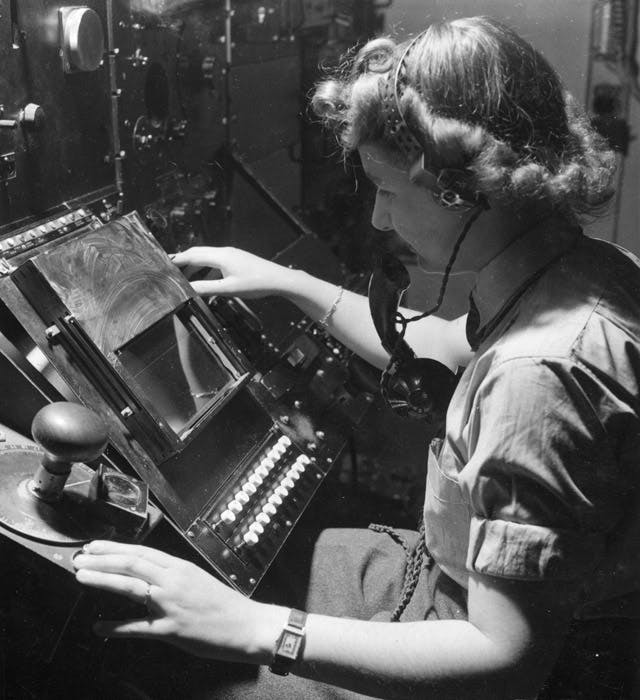
3. RADAR
Perfected by the British during the Battle of Britain to detect incoming air raids, radar is still used in everyday life.
Speed cameras work on radar technology, measuring your speed and automatically taking a photograph if you are over the permitted limit.
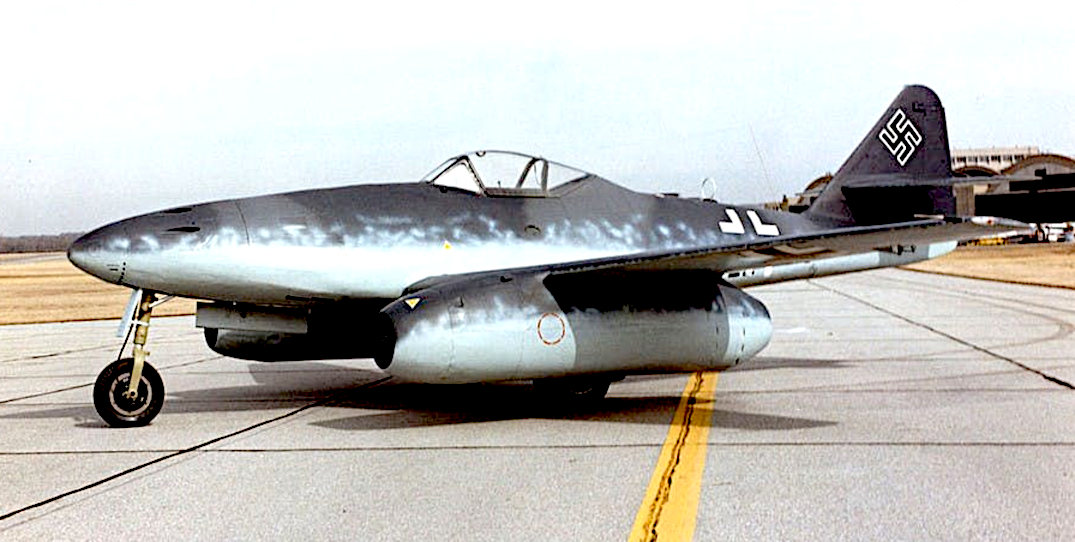
4. JET ENGINES - GAS TURBINES
Jet engines came to the fore in the closing months of World War 2 as a way of giving fighters an advantage over their adversaries. The German ME 262 was the first operational Jet fighter with the British Gloucester Meteor not far behind.
This technology, first developed between 1939 and 1945, is now being used by airlines to carry passengers all over the globe, so much so that flying abroad is now more affordable than ever. Sadly, jets are partly responsible for
global warming and
atmospheric pollution.
5. PHOTOCOPYING - XEROGRAPHY
The idea that a great invention was the only thing between his modest upbringing and success was an idea that gripped Chester "Chet" Carlson from childhood, most of which he spent buried in books about
Thomas Edison and other famous inventors.
Having worked in patent offices for several years, Carlson noticed that there was always a lack of patent specifications, copies of which had to be typed up and then individually proofread. Little did he know this observation would lead to the application of his first patent in 1937 when countless hours of kitchen experiments led to the discovery of xerography, the science still used in photocopiers today.
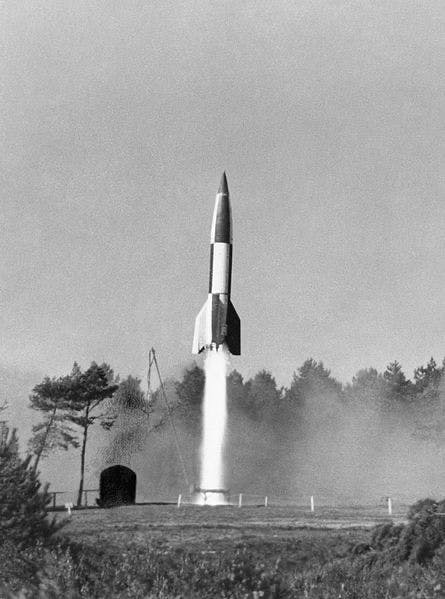
6. ROCKETS FOR SATELLITES
Using German technology geared towards guiding the V2 rocket, the Americans and Russians were able to launch the first satellites, put men on the moon and build the International
Space
Station.
All of these post-war initiatives advanced our knowledge of the universe significantly. In a more everyday sense, signals bounce from satellites in space to bring you digital TV and SatNavs triangulate your position between three satellites to tell you where you are in the world.
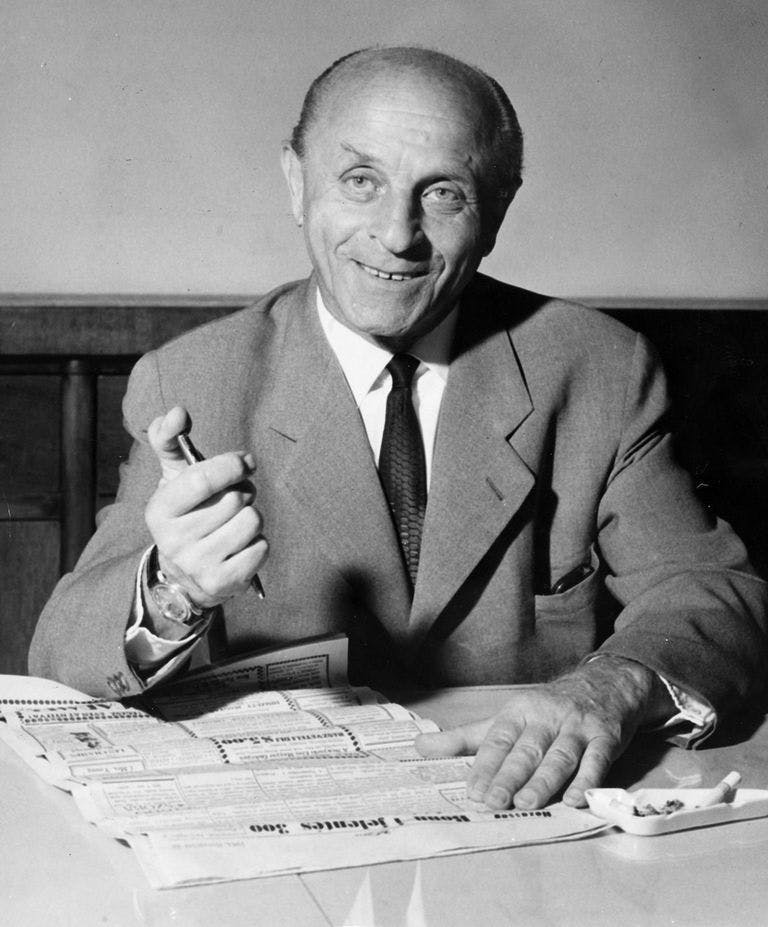
7. BALL POINT PEN - LASZLO BIRO
Frustrated by the fountain pen's tendency to smudge, journalist and artist Laszlo Biro invented the ballpoint pen after seeing a type of ink in a printing shop that dried almost as soon as it hit the page. He enlisted the help of his brother George, a scientist, and took out a patent on the invention in 1938.
One of the ballpoint's first customers was the Royal Air Force, taking out an order of 30,000 units for pilots to use at high altitudes, where reservoir pens were prone to leakage.

8. FREEZE DRIED COFFEE
In today's caffeinated world it might be hard to imagine a huge surplus of coffee beans sitting unused in warehouses in
Brazil. Yet, it was exactly this problem, brought about by the Great Depression, which lead to suppliers asking Nestle to come up with a way of preserving it.
Soluble coffee products had been on the market before but they were vastly inferior in taste to the product created by Nestle in 1938. The brand pioneered the process of drying coffee extract with carbohydrates. Freeze-dried coffee would come about after the war, using the same vacuum technology used to produce penicillin.
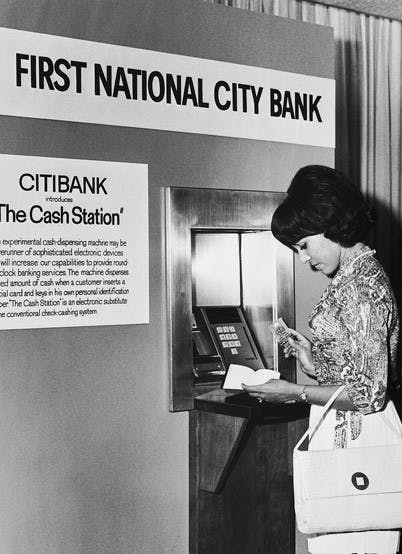
9. ATM AUTOMATED BANKING MACHINES
Inventor Luther Simjian emigrated to America from Armenia when he was 16. He went on to hold over 200 different patents for inventions ranging from flying simulators to computerised indoor golf ranges. In 1939, Simjian started work on the world's first working ATM, but it wasn't until the 1960s that he managed to convince a
New York City bank to install several machines in one of their branches.
They were removed after six months due to customer's distrust of a money-swallowing computer, as Simjian later divulged:
"It seems the only people using the machines were people like prostitutes and gamblers who didn't want to deal with
bank tellers face-to-face". Even today, people would rather pay money into a
bank, via a person, who gives out a paper receipt. Withdrawing cash is
another matter. ATMs are indispensable for that, and checking bank balances.
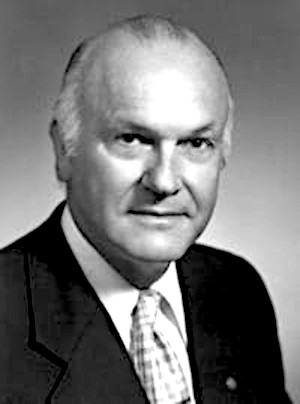
10. SUPERGLUE
Superglue was accidentally invented by a scientist looking to manufacture gun sights. While he was working for Kodak, Dr Harry Coover, discovered that a chemical mixture he had used bonded extremely strongly, so much so that once stuck together, it was difficult to separate.
He initially abandoned the mixture as it wasn't what he needed for the project he was working on. Superglue only resurfaced on the civilian market in 1958, a full 16 years after its initial invention.
A
- Z OF NAZI GERMANY
|










